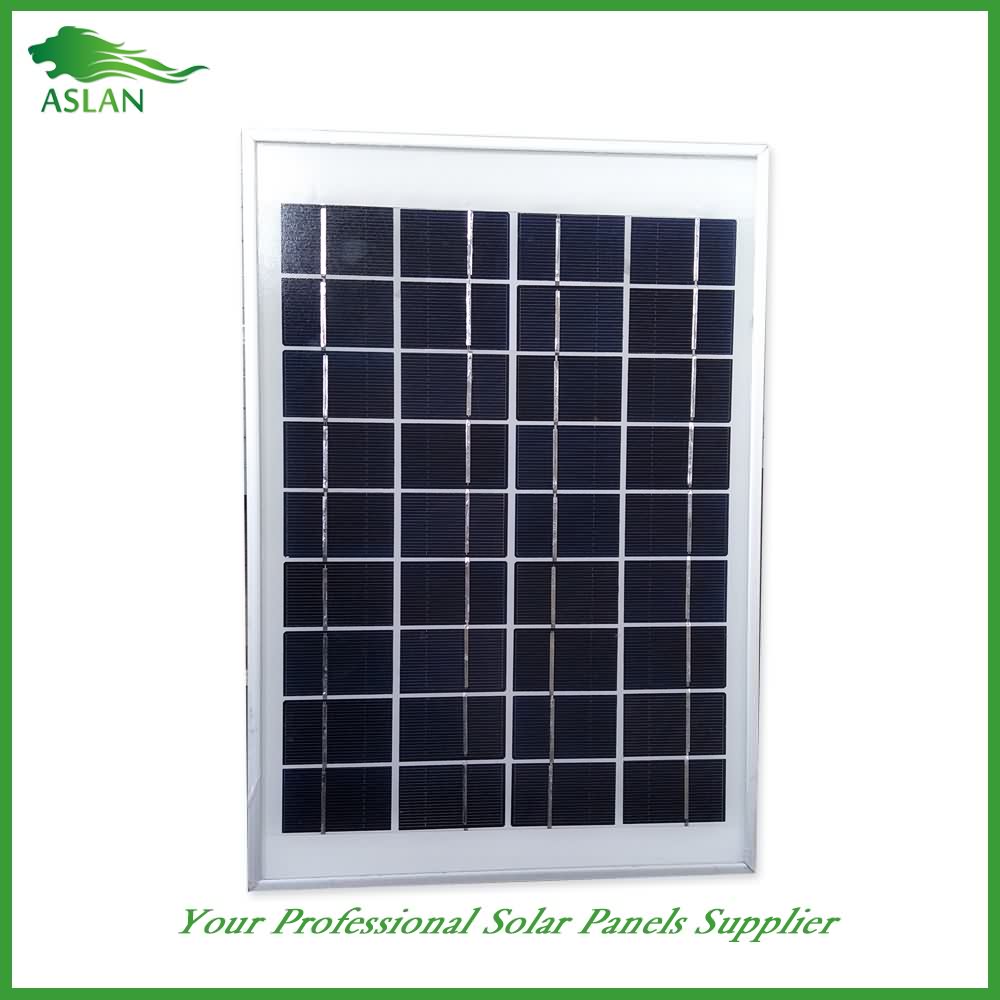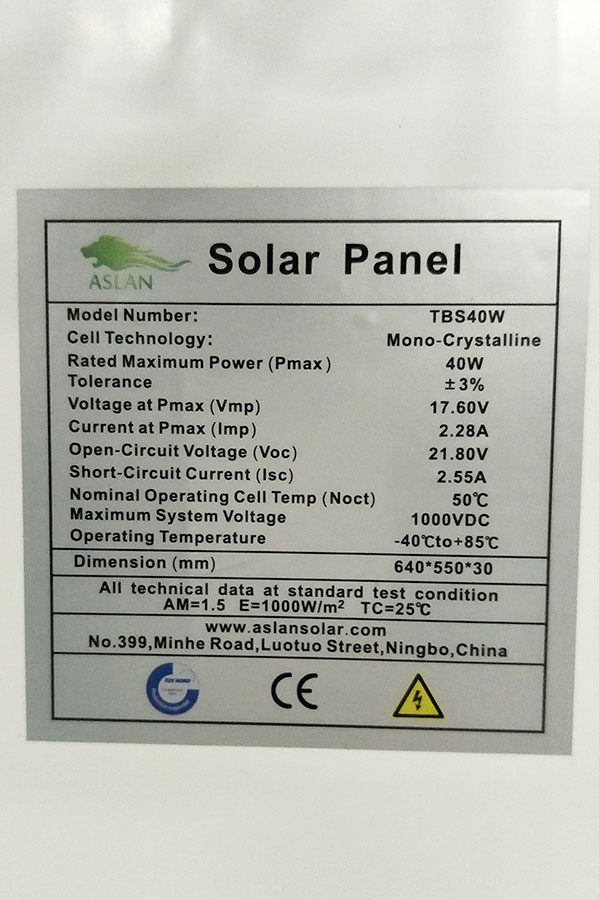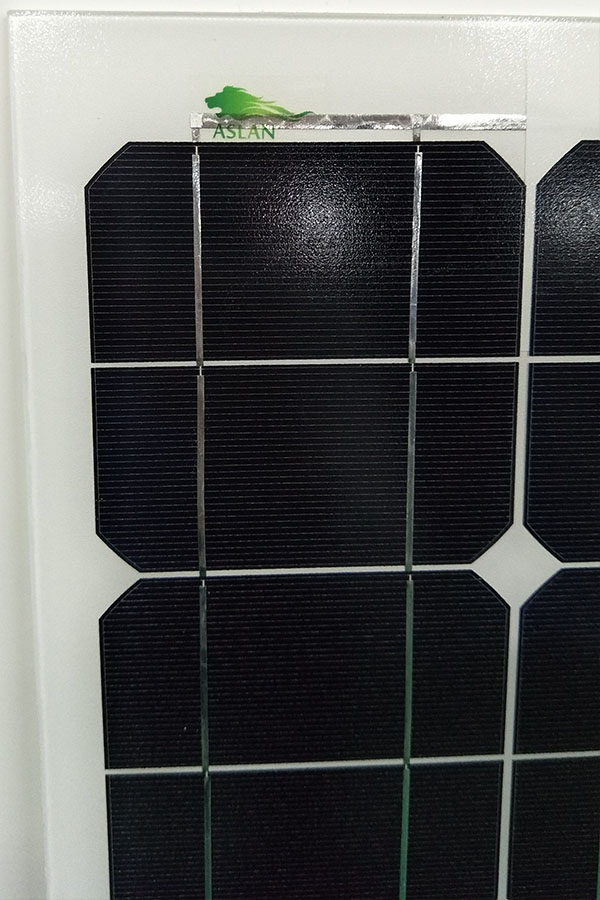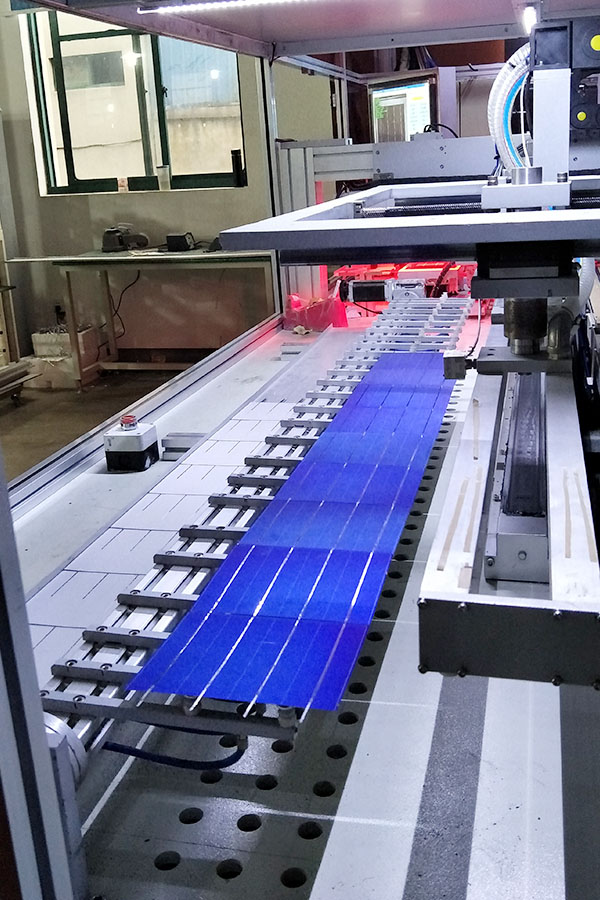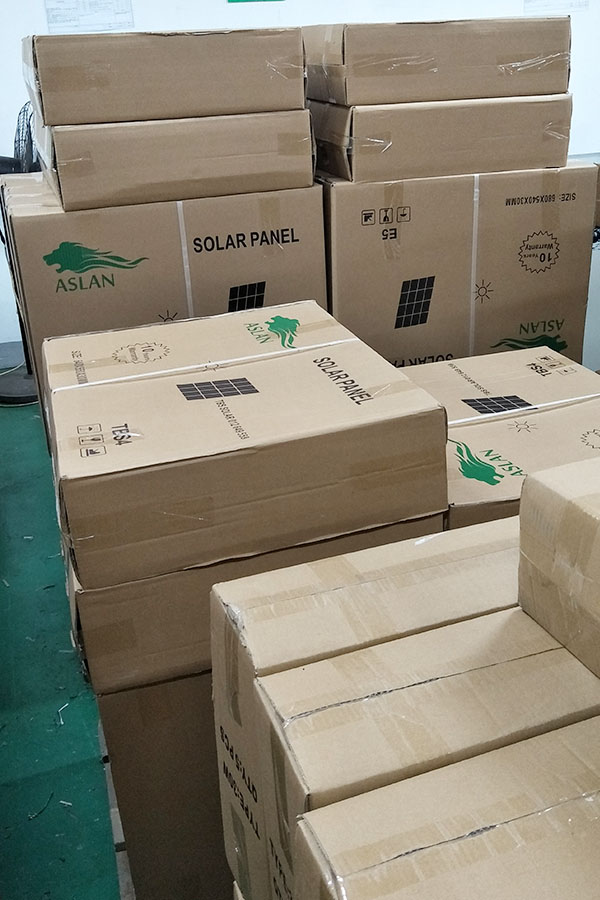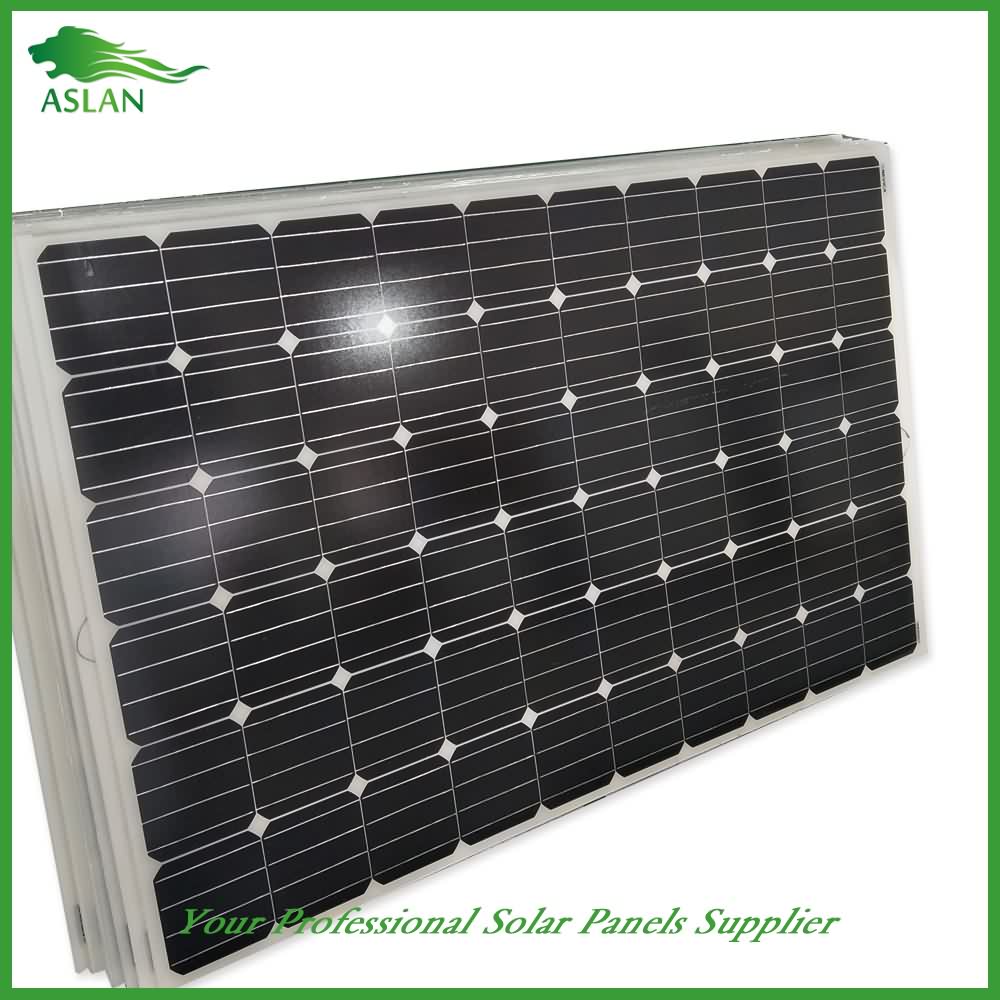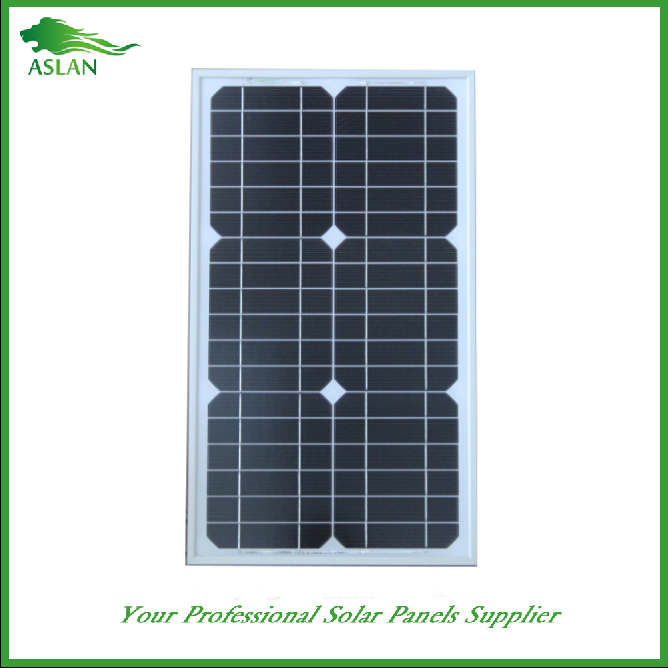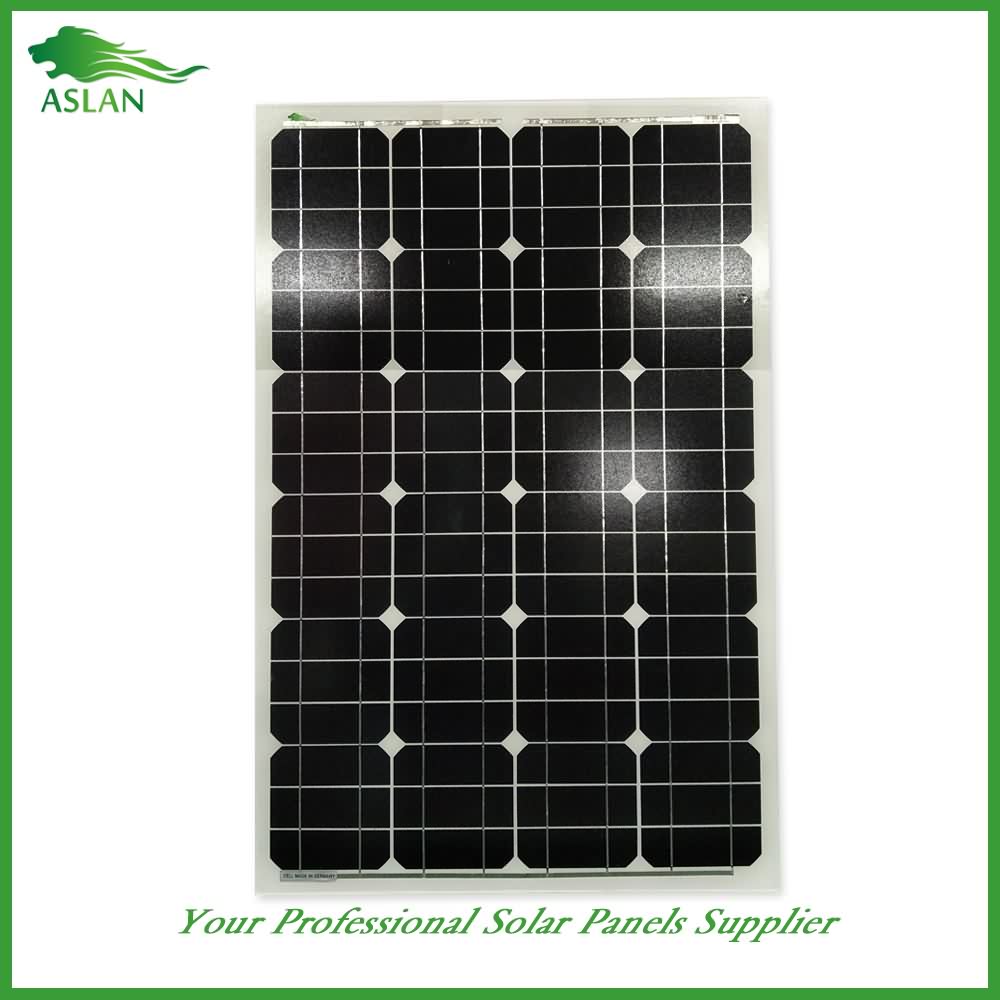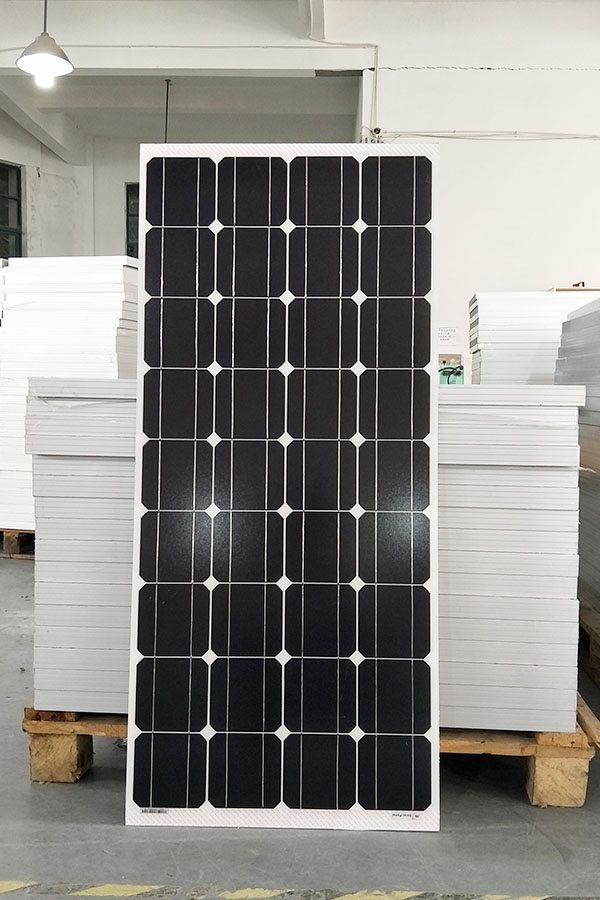China Wholesale for Poly-crystalline Solar Panel 5W Plymouth Importers
Short Description:
We thinks what customers think, the urgency of urgency to act in the interests of a customer position of principle, allowing for better quality, lower processing costs, prices are more reasonable, won the new and old customers the support and affirmation for China Wholesale for Poly-crystalline Solar Panel 5W Plymouth Importers, We warmly welcome all perspective inquiries from home and abroad to cooperate with us, and look forward to your correspondence.
Poly-crystalline Solar Panel 5W
Technical parameter
Maximum Power(W) 5W
Optimum Power Voltage(Vmp) 9V
Optimum Operating Current(Imp) 0.56A
Open Circuit Voltage(Voc) 10.8V
Short Circuit Current(Isc) 0.62A
Mechanical Characteristics
Cell Type Polycrystalline
No of Cell 18 (3x6pcs)
Dimensions 175x270x18mm
Weight 0.65KGS
Front Glass 3.2mm,High Transmission, Low Iron,Tempered Glass
Temperature and Coefficients
Operating Temperature(°C): -40°C ~ + 85°C
Maximum System Voltage: 600V(UL)/1000V(IEC) DC
Maximum Rated Current Series: 10A
Temperature Coefficients of Pmax: -0.435%
Temperature Coefficients of Voc: -0.35%
Temperature Coefficients of Isc: 0.043%
Nominal Operationg Cell Temperature (NOCT): 47+/-2°C
Materials of solar panel
1).Solar Cell——Polycrystalline solar cell 156*156mm
2).Front Glass——-3.2mm, high transmission, low iron, tempered glass
3).EVA——-excellent anti-aging EVA
4).TPT——-TPT hot seal made of flame resistance
5).Frame——anodized aluminum profile
6).Junction Box——-IP65 rated, high quality, with diode protection
Superiority: high quality anodized aluminum frame, high efficiency long life, easy installation, strong wind resistance, strong hail resistance.
Features
1. High cell efficiency with quality silicon materials for long term output stability
2. Strictly quality control ensure the stability and reliability, totally 23 QC procedures
3. High transmittance low iron tempered glass with enhanced stiffness and impact resistance
4. Both Poly-crystalline and Mono-crystalline
5. Excellent performance in harsh weather
6. Outstanding electrical performance under high temperature and low irradiance
Quality assurance testing
Thermal cycling test
Thermal shock test
Thermal/Freezing and high humidity cycling test
Electrical isolation test
Hail impact test
Mechanical, wind and twist loading test
Salt mist test
Light and water-exposure test
Moist carbon dioxide/sulphur dioxide
SUNCROX SOLAR is specialist in solar energy system that focuses on standalone solar projects by eliminating grid power dependency especially for home basic electrical appliances such as light, fan and charging in rural community. Our Auto Nano Grid Solar Modular System gives freedom to the user to start use solar energy correctly with a module and may intelligently expand the system according to their needs with Do-It-Yourself concept of installation for easier self maintenance and power management through optional Android apps. This patent pending controller ensure reliability when they are symbiotically connected to each other to share power when there is surplus or even back up when there is breakdown in any component of the module.
The current solar energy system in the market is either too small like solar lantern or too big that needs high cost technical set up. Solar lantern or solar light is always a disappointment to the user. Even though the price is relatively affordable, it fails to deliver sufficient brightness or daily operation hours as it is deemed as Solar Toy. On the other end, a proper solar energy system normally will require an installation and maintenance by appointed technician from the nearest town which is too expensive and time consuming for a rural user.
Therefore, we simplify the process by introducing a power-in-a-box concept for users to install the system themselves to eliminate installation cost plus basic maintenance progress can be done by the user without depending on expensive technical support since they installed the system. Besides that, the technology behind it is our patent pending solar charge controller that allows the system to be installed gradually and individually according to the needs of the user. This modular approach allows the system to be expanded to any large size while maintaining same basic one module repetitious installation.
Suitable with our tagline of “Solar for all, All for solar”, our vision towards on global energy transition is all people should get access to electricity. The tremendous global growth of renewable energy means nothing when we fail to deliver a solution for 1.2 billion people to have a basic application as simple as light. 100% renewable world should be defined by available access to energy to all level of society. Access means they are no longer should be relying on massive infrastructure by the government that will take time and natural resources.
Free trial versions:
http://www.valentin-software.com/services/fw/yt-tut-en/dl-pvsolprem-en
Excerpt of transcript:
This tutorial shows how quickly and easily you can create simple standard buildings and configure a photovoltaic system in PV*SOL premium 2016 without a costly local meeting. In this release, many time-consuming steps have been simplified, considerably accelerating the design process. This is achieved mainly through the new features “Map Import” and “Extrusion Of 3D Objects”
Missing dimensions can be measured with Google Earth Pro. High-resolution screenshot of the roof can be made with it too.
First, start Google Earth Pro.
The installation file and the license key: http://www.google.com/earth/download/gep/agree.html
Enter the approximate address of the future location of the PV system and click the button “Search”. The software automatically zooms into the vicinity of the site.
We are interested in this object.
You can move the 3D model with the left mouse button and you can zoom in or out of the map section using the scroll wheel.
Alternatively you can use these buttons.
Now move the target object to the center of the editor so that you can measure it properly.
Click on the button with the ruler icon to open the dialog “Ruler”.
Now click on the tab “3D path”. With this function you can create three-dimensional distance lines to the outer surfaces of the “Auto-Generated Meshes”.
First, we want to determine the object’s height and we focus on a visible line of the complex.
Click with the left mouse button on the bottom edge of the object and then on the top edge.
The length of the resulting path can be read here. Write down this length. You will need it later.
Now bring yourself in a good position to measure out one length of the roof, and make a note of this as well. You will need it later for determining the scale in PV*SOL premium.
If there are superstructures on the complex, these can also be measured.
Finally, we also need a high resolution screen shot of the complex from the exact bird’s eye view.
Click on the “N” icon on the navigation menu. For PV*SOL the map section should be facing north.
After that, make the screenshot and save it as a file in one of the following formats: *.jpg, *.png or *.bmp.
Now start PV*SOL premium 2016 or a later version.
You are now on the “Welcome Page” of the application.
Please begin a new project and enter your climate data location.
Now click on the button “3D Design” and then on the overview screen to get into the “3D Visualization”.
In the dialog “New 3D System” click on the button “Coverable Object” and select the menu item “Map Section” in the drop down menu.
Now you see an expanded view of the dialog. Click on the button with the label “Load From Hard Drive”.
Load the custom built screenshot from the folder where you have saved it.
Now click on the button with the gear icon.
It opens the dialog “Determine Scale”. Here we have to reproduce the path that we measured in Google Earth. Therefore we re-trace the path between the right and left edges of the building again.
Enter the dimension we noted down before in this field.
In our example, this results in a scale of 8,42 pixels per meter.
The map section is now fully defined. Click on “Start” to begin the project.
Full transcript you get at:
http://www.valentin-software.com/services/fw/yt-channel-si/forum
Description tags:
Type of video: Tutorial, Lesson, Exercise, Practice, Presentation, Demonstration
Type of featured software:
Google Earth Pro:
Geodata Software, Virtual Globe, Map and geographical information program,
Relevant Features for PVSOL:
3D Maps, Capability to show 3D buildings and structures, Satellite Images, Address Finder,
PV-SOL premium:
Photovoltaic Application, Solar Calculator, 3D-Visualization, CAD-Tool, 3D-Sketchup-Tool, Shading Generator, Time-Step Simulation Program, Planning Software, Calculation Program, Spreadsheet Program, Economy Software
Features:
(Virtual) Photovoltaic System, PV Module, Solar Module, Solar Panel, Solar Cells, PV Array, Free Standing, Rack Mounted Arrays, Inverter, Inverter Configuration, PV Array Configuration, Grid-connected System, Stand-alone PV Systems, Planning, Sizing, Commissioning, System Concept, Inverter Concept, Electricity Consumption, Yield Calculation, Storage, MPP Tracking, 3D-Visualization, Shading Analysis, Shading Animation, Profit Calculation, Profitability Assessment
Business Field:
Renewable Energy, Sustainable Energy, New Energies, Environmental Engineering, Climate Change, Climate Protection, Decentralized Energy Supply, Solar Energies, Photovoltaics, Power Grid, Market Incentive Program, Solar Market,
Customers:
PV Planer, Plant Engineers, Craftsmen, Experts, Specialists, Plumbers, Consultants, Installation Firms, Commercial Customers, Manufacturers, System Developers, Universities, Students, Trainees
